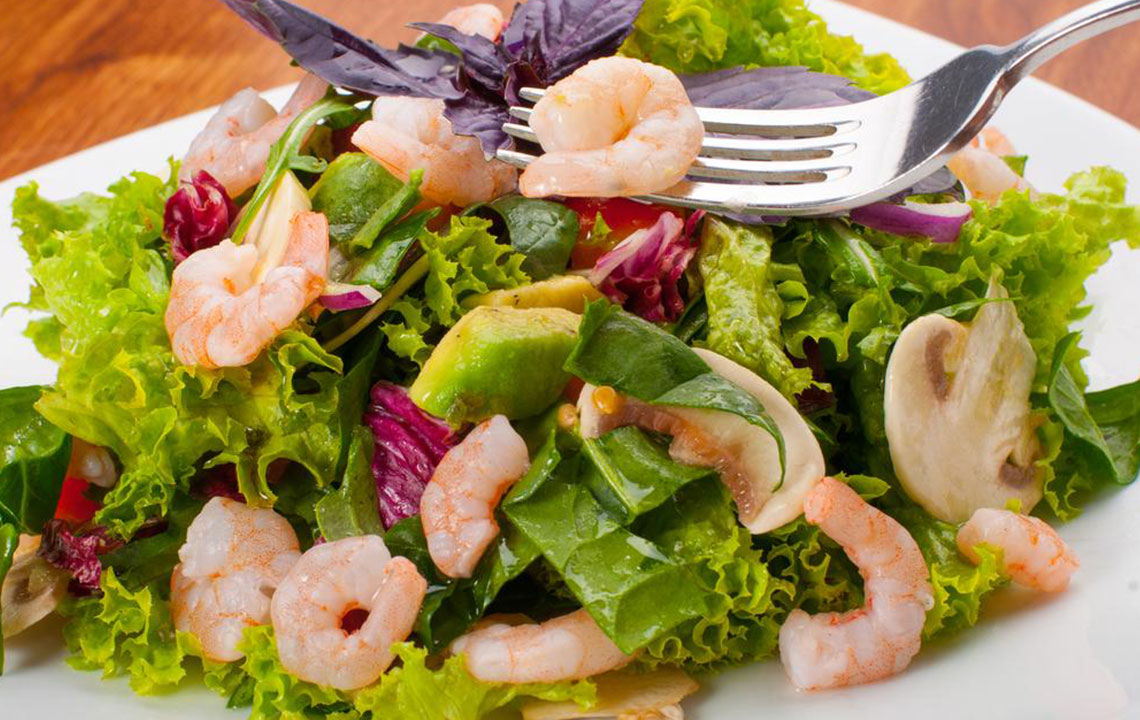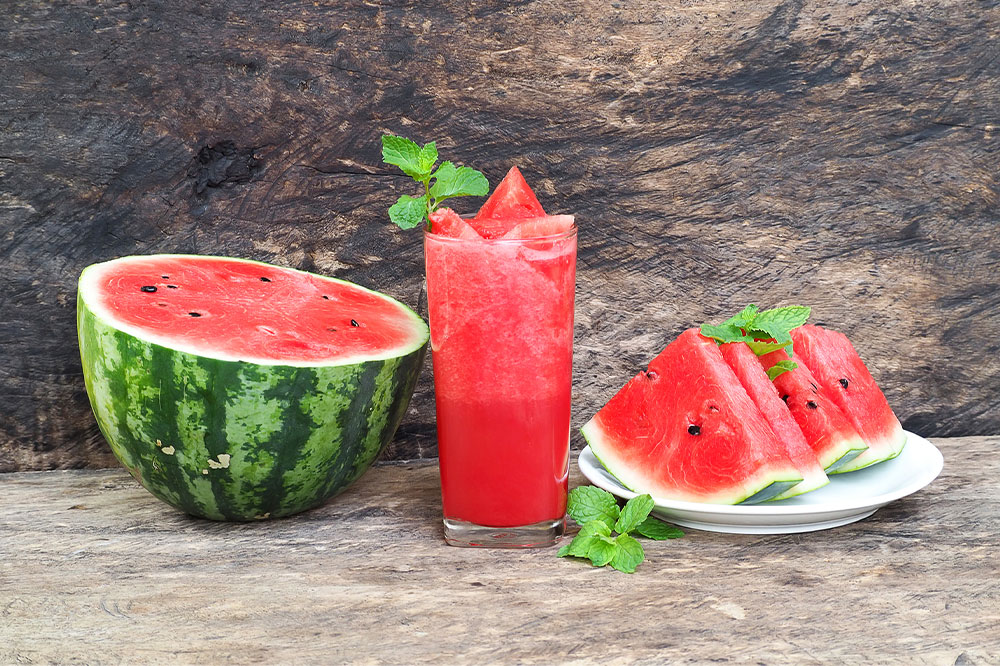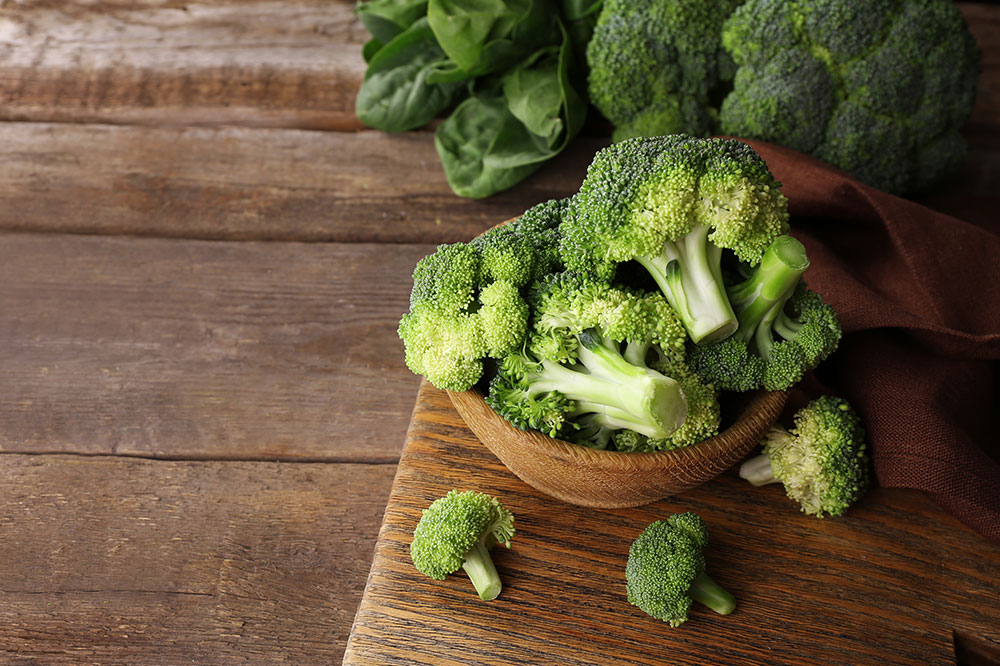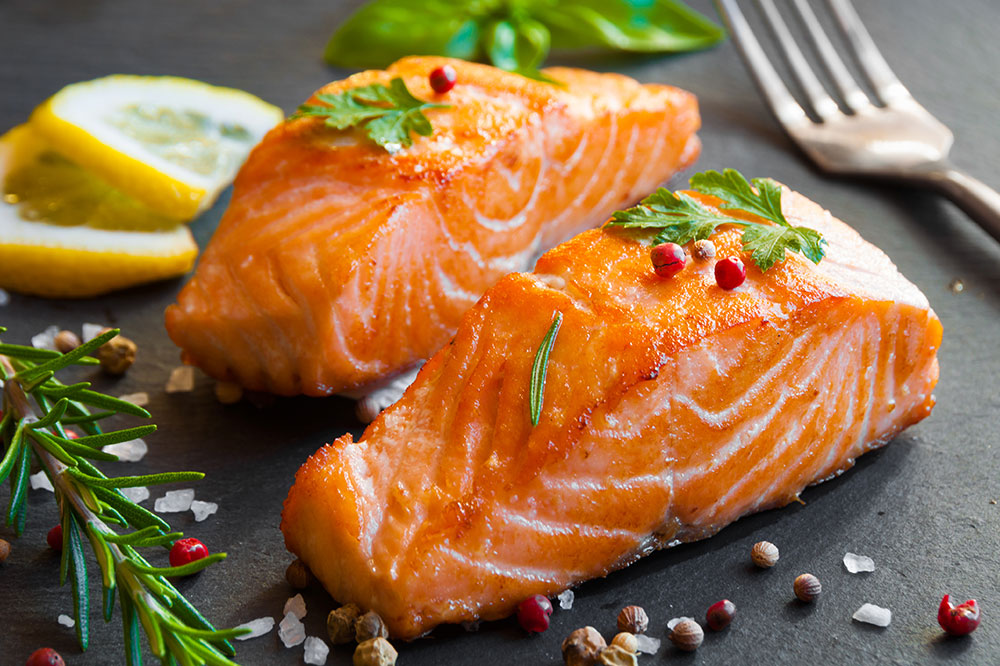Comprehensive Guide to Foods That Can Worsen Iron Deficiency Anemia Symptoms
This comprehensive guide explores how certain foods and drinks can worsen iron deficiency anemia symptoms by impairing iron absorption. It provides practical tips on managing dietary intake of tannins, calcium, phytates, and oxalates, helping individuals optimize iron levels. The article emphasizes strategic meal planning, timing, and food choices to support better health outcomes for those battling anemia. Ideal for patients, caregivers, and health enthusiasts, it highlights the importance of understanding diet-specific influences on iron absorption for effective anemia management.

Comprehensive Guide to Foods That Can Worsen Iron Deficiency Anemia Symptoms
Iron deficiency anemia is a prevalent health condition arising when the body lacks sufficient healthy red blood cells, primarily due to inadequate iron absorption or intake. This form of anemia affects millions worldwide and can significantly diminish quality of life if not properly managed. Understanding which foods help prevent or alleviate symptoms and which can exacerbate the condition is crucial for effective treatment and nutritional planning. This guide delves into the complex relationship between diet and iron absorption, offering practical advice on dietary choices for individuals suffering from or at risk of iron deficiency anemia.
At its core, anemia occurs when the body cannot produce enough healthy red blood cells, which are responsible for transporting oxygen throughout the body. Among various types, iron deficiency anemia accounts for the majority of cases. Its roots lie not only in insufficient iron intake but also in factors that inhibit iron absorption or increase iron loss. Common symptoms include persistent fatigue, shortness of breath, dizziness, weakness, and cold extremities, all of which signal the body's struggle to deliver adequate oxygen to tissues. Recognizing the importance of diet in managing anemia, nutritionists emphasize consuming iron-rich foods such as lean meats, seafood, dark chocolate, beans, nuts, and seeds. However, the presence of certain compounds in commonly consumed foods and beverages can impede iron absorption, thereby aggravating anemia symptoms.
To effectively combat iron deficiency anemia through diet, it's essential to understand which foods and drinks may interfere with iron absorption and to manage their intake accordingly. Here, we explore key dietary components that can worsen anemia symptoms, providing detailed insights and practical tips for making informed dietary choices.
1. Tea and Coffee: Caffeine's Double-Edged Sword
Tea and coffee are among the most popular beverages worldwide, appreciated for their stimulating effects and rich flavors. However, both contain compounds called tannins and polyphenols, which can bind to iron in the digestive tract, particularly non-heme iron found in plant sources, thereby reducing its absorption. For individuals with iron deficiency anemia, high consumption of tea and coffee during or immediately after meals can significantly impair iron uptake—up to 40%. To optimize iron absorption, it is advisable to limit or delay the consumption of caffeinated drinks around meal times. Drinking tea or coffee between meals instead of during can help maximize iron absorption without sacrificing the enjoyment of these beverages.
For those who cannot completely eliminate these drinks, consuming them at least an hour before or after iron-rich meals minimizes their impact on iron bioavailability. In addition to reducing the intake of caffeinated beverages with meals, opting for herbal teas that do not contain tannins—like chamomile or peppermint—can be a suitable alternative for maintaining hydration without compromising iron absorption.
2. Dairy Products: The Calcium Conundrum
Dairy products, including milk, yogurt, cheese, and other calcium-rich foods, are widely known for their nutritional benefits, especially for bone health. However, calcium presents a challenge for individuals with anemia since it can inhibit the absorption of non-heme iron from plant sources such as leafy greens, legumes, and fortified grains. When consumed simultaneously with iron-rich meals, dairy products may reduce the amount of iron that enters the bloodstream, potentially exacerbating anemia symptoms.
To mitigate this effect, it’s recommended to consume calcium-rich foods at different times from iron-rich meals. For example, having dairy products as snacks between meals or after iron-fortified foods ensures sufficient calcium intake without compromising iron absorption. Moreover, choosing plant-based calcium sources or calcium-fortified foods with lower bioavailability can help manage this balance. For individuals with iron deficiency anemia, strategic meal planning that separates calcium and iron absorption windows can support better overall iron status while maintaining a nutritious diet.
3. Tannin-Rich Foods and Beverages: The Tannin Trap
Panelists emphasizing dietary management for anemia should pay particular attention to foods and drinks high in tannins, which are polyphenolic compounds capable of binding to iron and inhibiting its absorption. Popular tannin-rich items include grapes, corn, certain nuts, red wine, and notably, black tea. Among these, black tea is especially impactful due to its higher tannin concentration. For individuals striving to improve iron levels, the timing of consumption is critical. Consuming high-tannin foods or beverages alongside iron-rich meals can significantly reduce iron absorption efficiency.
To optimize iron uptake, it’s recommended to avoid high-tannin items during meals and instead enjoy them outside mealtime—perhaps as snacks or beverages between meals. Interestingly, canned beans tend to have fewer tannins compared to dried ones, making them a preferable choice when aiming to increase iron absorption. Moderating intake of tannin-rich items can be an effective strategy for those managing anemia while still allowing enjoyment of a variety of foods and beverages.
4. Phytate-Heavy Foods: The Phytate Puzzle
Phytates, also known as phytic acid, are naturally occurring compounds found in whole grains, seeds, nuts, and legumes. While these foods are rich in essential nutrients and provide numerous health benefits, phytates have the tendency to bind to minerals like iron, zinc, and calcium, forming insoluble complexes that reduce mineral bioavailability. For individuals with anemia, high phytate intake can hinder the absorption of dietary iron, making it more challenging to replenish iron stores.
Strategies to address this include moderating intake of high-phytate foods during iron-rich meals and employing cooking methods that reduce phytate content—such as soaking, fermenting, or roasting. For example, choosing roasted soybeans over boiled ones can enhance iron bioavailability. Additionally, pairing iron-rich plant foods with vitamin C sources—like citrus fruits or bell peppers—can counteract phytate effects and promote iron absorption. By understanding the role of phytates and adjusting dietary patterns accordingly, individuals with anemia can improve their iron status without sacrificing the nutritional benefits of whole grains and nuts.
5. Oxalate-Rich Items: The Oxalate Obstacle
Oxalates are organic acids present in various foods, notably spinach, chard, cocoa powder, and certain teas. These compounds can bind calcium and other minerals, forming insoluble complexes that interfere with mineral absorption, including that of iron. High-oxalate foods are common in many diets but can pose challenges for individuals with anemia trying to maximize iron uptake.
Limiting high-oxalate foods around meal times can assist in optimizing iron absorption. For example, consuming spinach and chard separately from iron-rich meals rather than simultaneously can be beneficial. When preparing foods like cocoa or certain teas, moderation is key. Choosing low-oxalate alternatives, such as kale or bok choy, can provide similar nutritional benefits without impeding iron absorption.
In summary, awareness of oxalate content in foods allows individuals with anemia to make smarter dietary choices, balancing nutrient intake with absorption efficiency.
In conclusion, managing iron deficiency anemia effectively involves not just increasing intake of iron-rich foods but also understanding how various foods and beverages influence iron absorption. By limiting or timing the consumption of tannin-rich, calcium-rich, phytate-heavy, and oxalate-rich foods, individuals can significantly improve their iron status. A well-planned diet that emphasizes vitamin C-rich foods alongside iron sources, and strategic meal timing, can enhance iron bioavailability and overall health. Consulting healthcare professionals or dietitians for personalized advice is recommended for those dealing with anemia to develop a tailored nutritional strategy that supports recovery and long-term wellness.





